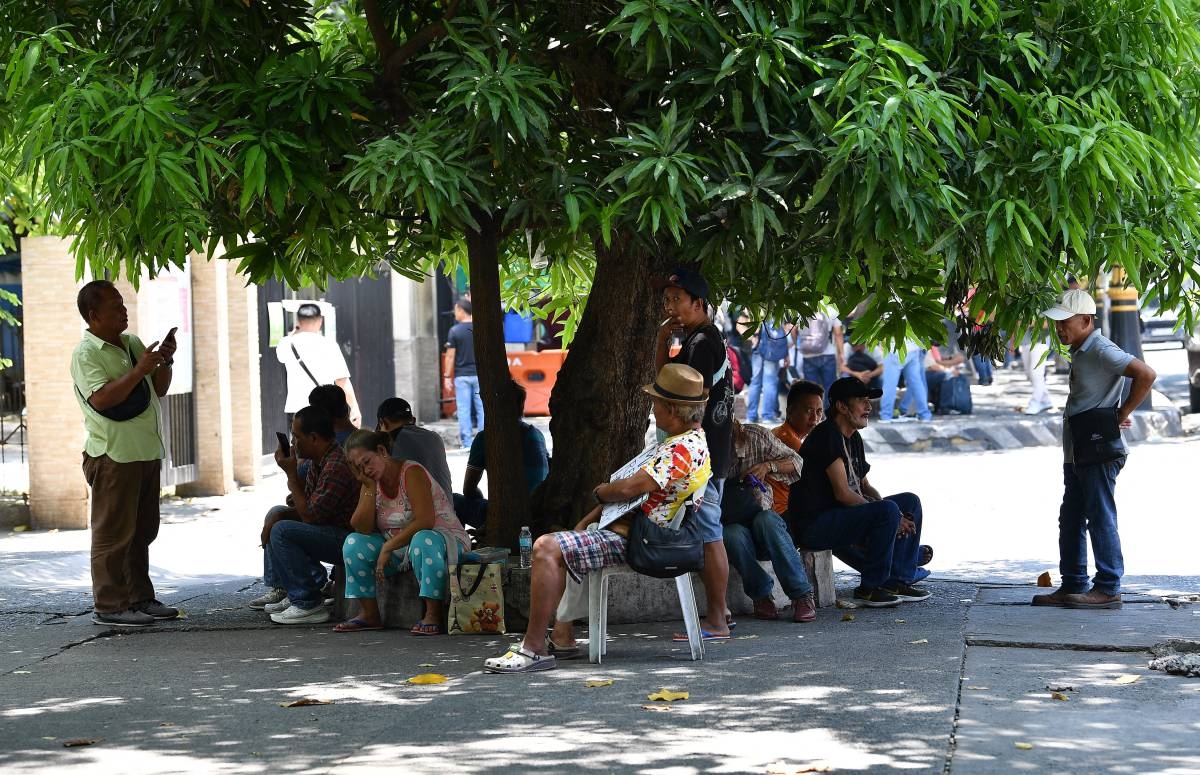Impacts on the Population
As the extreme heat continues to grip the Philippines, the impacts on the population are becoming more evident. The scorching temperatures, exacerbated by the El Niño weather phenomenon, have prompted various measures to protect the people from the oppressive heat. One of the most significant impacts is the suspension of in-person classes in some areas. With temperatures reaching alarming levels, it has become unsafe for students to be exposed to such extreme conditions. Instead, schools have opted for remote learning, allowing students to continue their education from the comfort of their homes.
Warnings and Precautions
Authorities have also issued warnings for people to limit their time spent outdoors. The heat index, a measure of what the temperature feels like, taking into account humidity, has reached dangerous levels in several cities and municipalities. Ana Solis, the chief climatologist at the state weather bureau, has emphasized the need for precautions such as limiting outdoor activities, staying hydrated, and using protective gear like umbrellas and hats. These measures are crucial to prevent heat-related illnesses and ensure the well-being of the population.
Impacts on Tourism and Agriculture
However, the extreme heat has not only affected the daily routines of the people but has also impacted various sectors of society. In the tourism industry, for example, the scorching temperatures have deterred visitors from engaging in outdoor activities. Erlin Tumaron, a resort worker in Cavite province, expressed surprise at the lack of visitors to their pools despite the heat. People are reluctant to leave their homes and expose themselves to the oppressive weather conditions. This decline in tourism has economic implications, as businesses reliant on tourist activities suffer from reduced revenue.
Moreover, the agricultural sector is also feeling the effects of the extreme heat. Approximately half of the country’s provinces are officially in drought, as the lack of rainfall exacerbates the already high temperatures. Farmers are struggling to maintain their crops and livestock, leading to concerns about food security. The government is implementing measures to support farmers and mitigate the impacts of the drought, but the extreme heat remains a significant challenge.
Adapting Daily Routines
In urban areas, the sweltering temperatures have forced people to adapt their daily routines. In Manila, for instance, the heat index has reached alarming levels, leading many schools to switch to remote learning. The scorching temperatures make it unbearable for students and teachers to be in classrooms without proper cooling systems. As a result, education has shifted to online platforms, ensuring the safety and comfort of students and educators.
Individuals in office settings have also had to make adjustments to cope with the extreme heat. Edz Alteros, a university employee in Dagupan City, shared that her colleagues and she no longer go out for lunch due to the oppressive weather. Instead, they have someone buy food for them, and they eat inside the office where the air conditioning is set at a cool temperature. This adaptation is necessary to prevent heat-related illnesses and maintain productivity in the workplace.
The Philippines’ Vulnerability to Climate Change
Climate change is a complex issue that affects every corner of the globe. Its impacts are far-reaching and have the potential to disrupt ecosystems, economies, and societies. The record-breaking global temperatures of recent years serve as a stark reminder of the urgency to address this issue. The United Nations’ weather and climate agency has identified Asia as a region that is warming at an alarming rate, and within Asia, the Philippines stands out as one of the countries most vulnerable to the impacts of climate change.
The vulnerability of the Philippines to climate change is multi-faceted. Firstly, its geographical location makes it susceptible to extreme weather events such as typhoons, floods, and droughts. These events have the potential to cause significant damage to infrastructure, agriculture, and livelihoods. Secondly, the country’s high population density, particularly in coastal areas, exacerbates the risks associated with rising sea levels and storm surges. The vulnerability of coastal communities to these hazards is further compounded by inadequate infrastructure and limited access to resources and services.
Addressing Climate Change
As the world grapples with the consequences of climate change, it is imperative for governments, communities, and individuals to prioritize adaptation and mitigation measures. This involves taking steps to reduce greenhouse gas emissions, transitioning to renewable energy sources, and implementing sustainable land-use practices. Additionally, it requires investing in infrastructure that is resilient to climate change impacts, such as flood-resistant buildings and coastal defenses.
Furthermore, addressing the vulnerability of communities to climate change requires a holistic approach that takes into account social, economic, and environmental factors. This includes strengthening social safety nets, enhancing disaster preparedness and response capabilities, and promoting sustainable livelihoods. It also involves empowering local communities and ensuring that they have a voice in decision-making processes that affect them.
Heatwave Preparedness and Response
The current extreme heat event being experienced in the Philippines serves as a stark reminder of the urgency to address the underlying causes of climate change and take steps to protect vulnerable populations. Heatwaves can have severe health impacts, particularly for vulnerable groups such as the elderly, children, and those with pre-existing medical conditions. It is therefore crucial to invest in heatwave preparedness and response measures, including the provision of cooling centers, public awareness campaigns, and the development of early warning systems.
A Call for Action
In conclusion, climate change poses significant challenges to the Philippines and other vulnerable countries. Addressing these challenges requires a comprehensive and coordinated approach that involves all sectors of society. By prioritizing adaptation and mitigation measures, investing in resilient infrastructure, and empowering communities, we can work towards a more sustainable and climate-resilient future.







